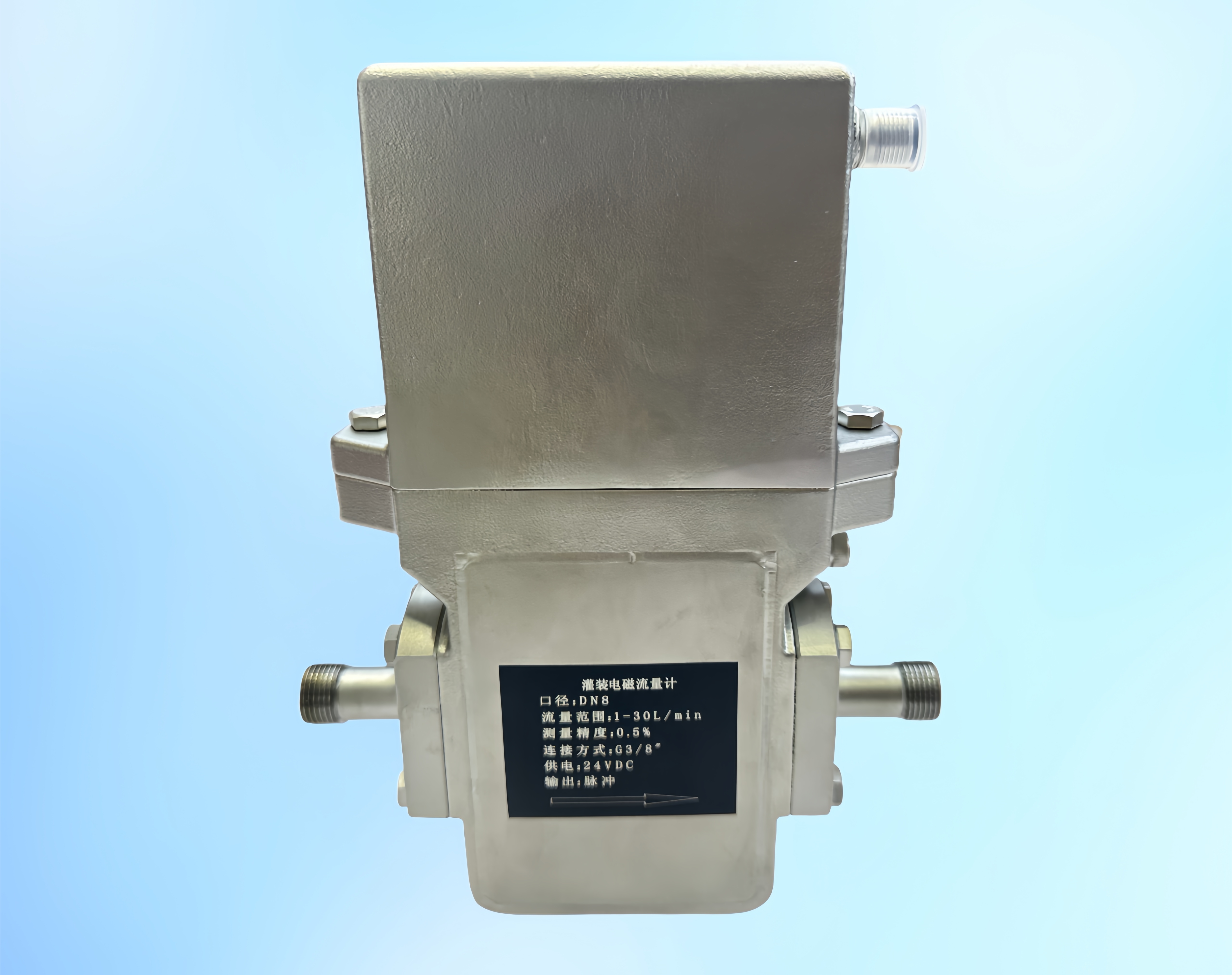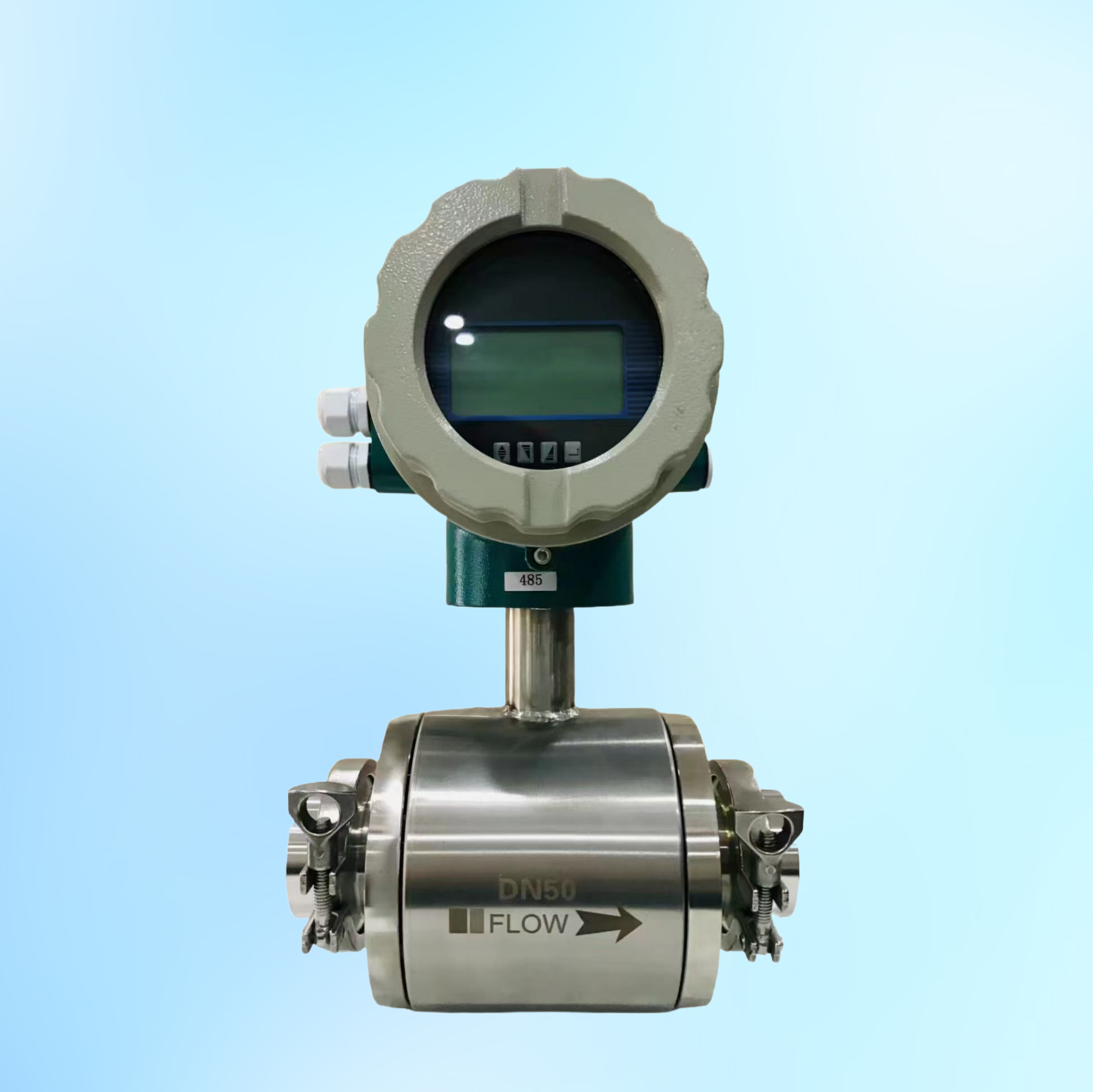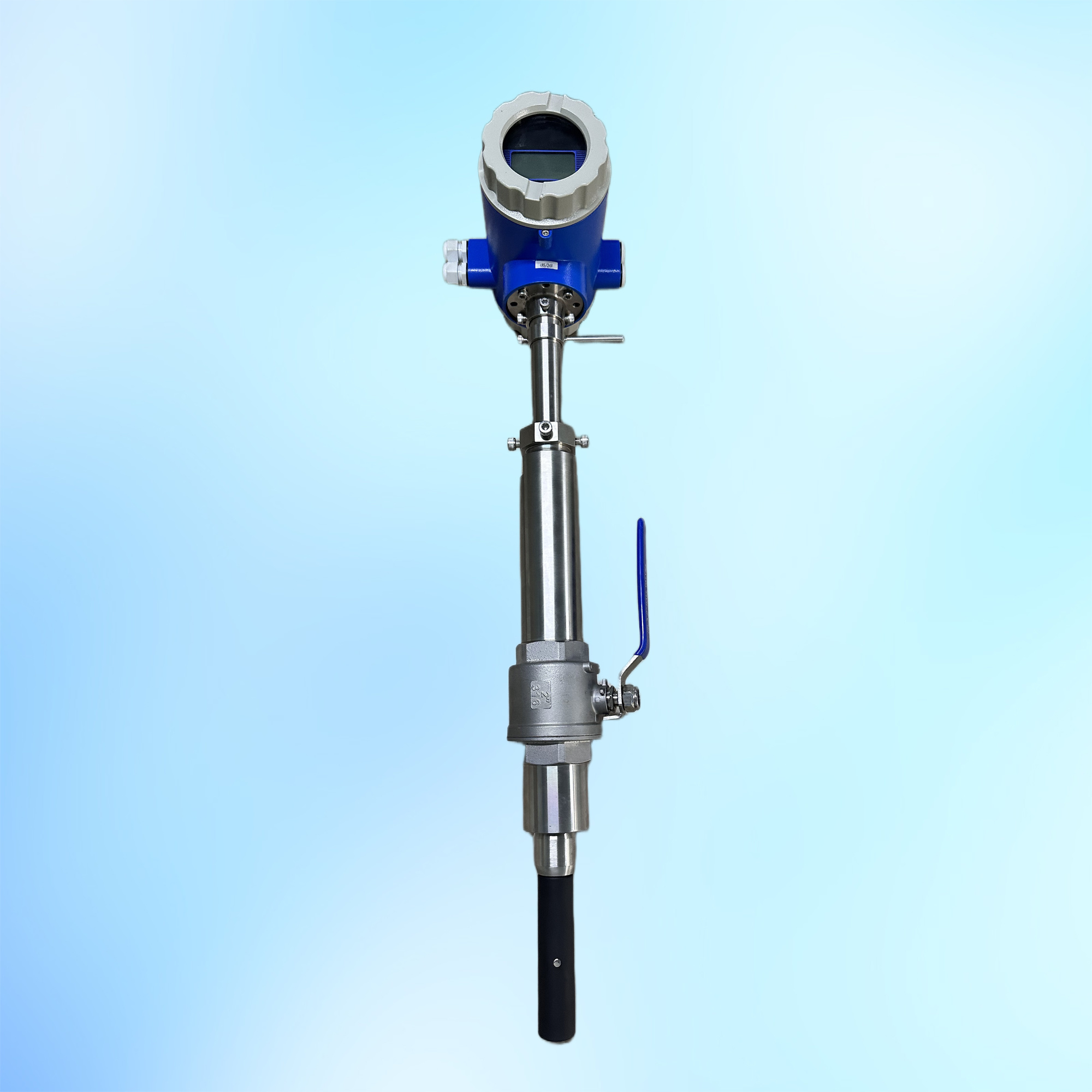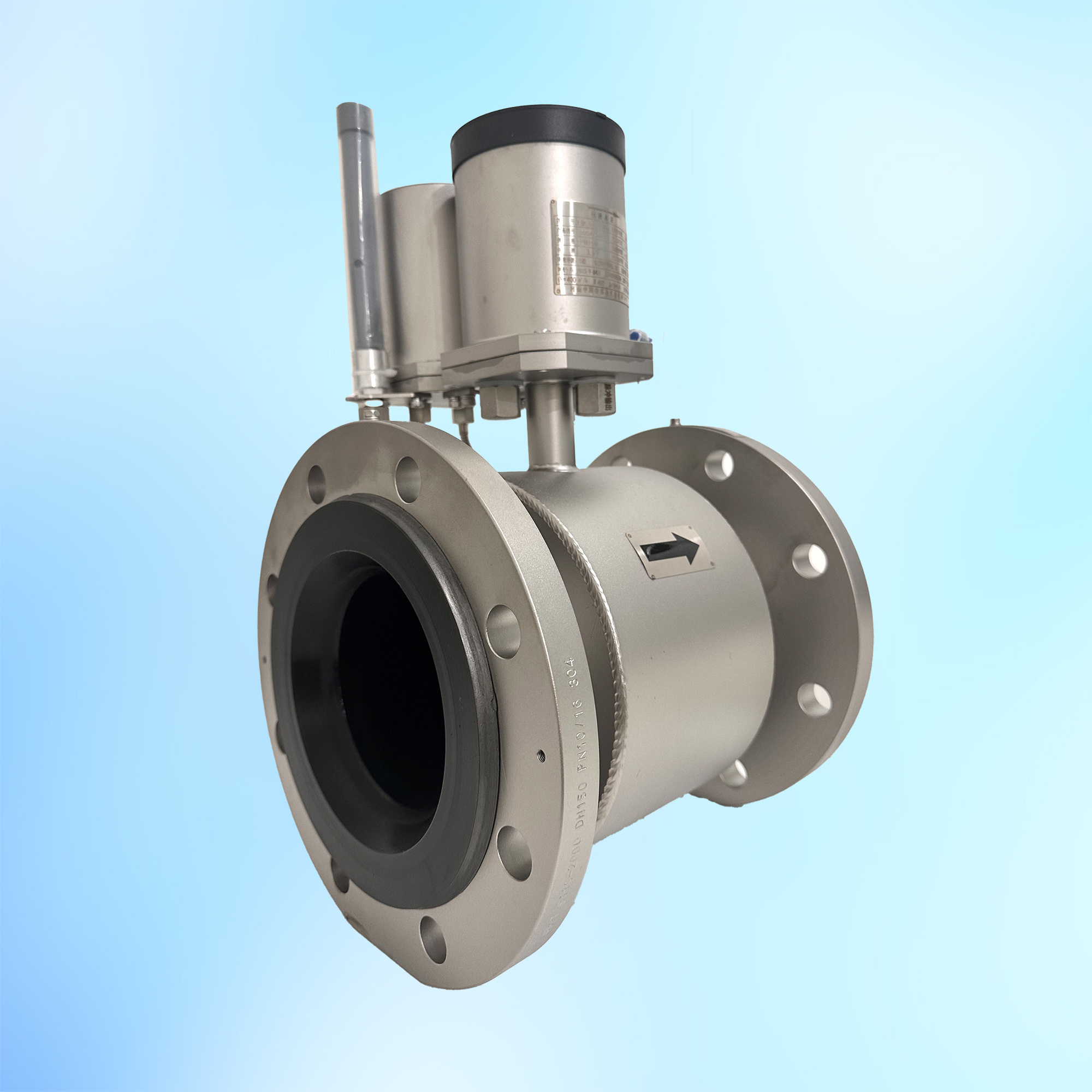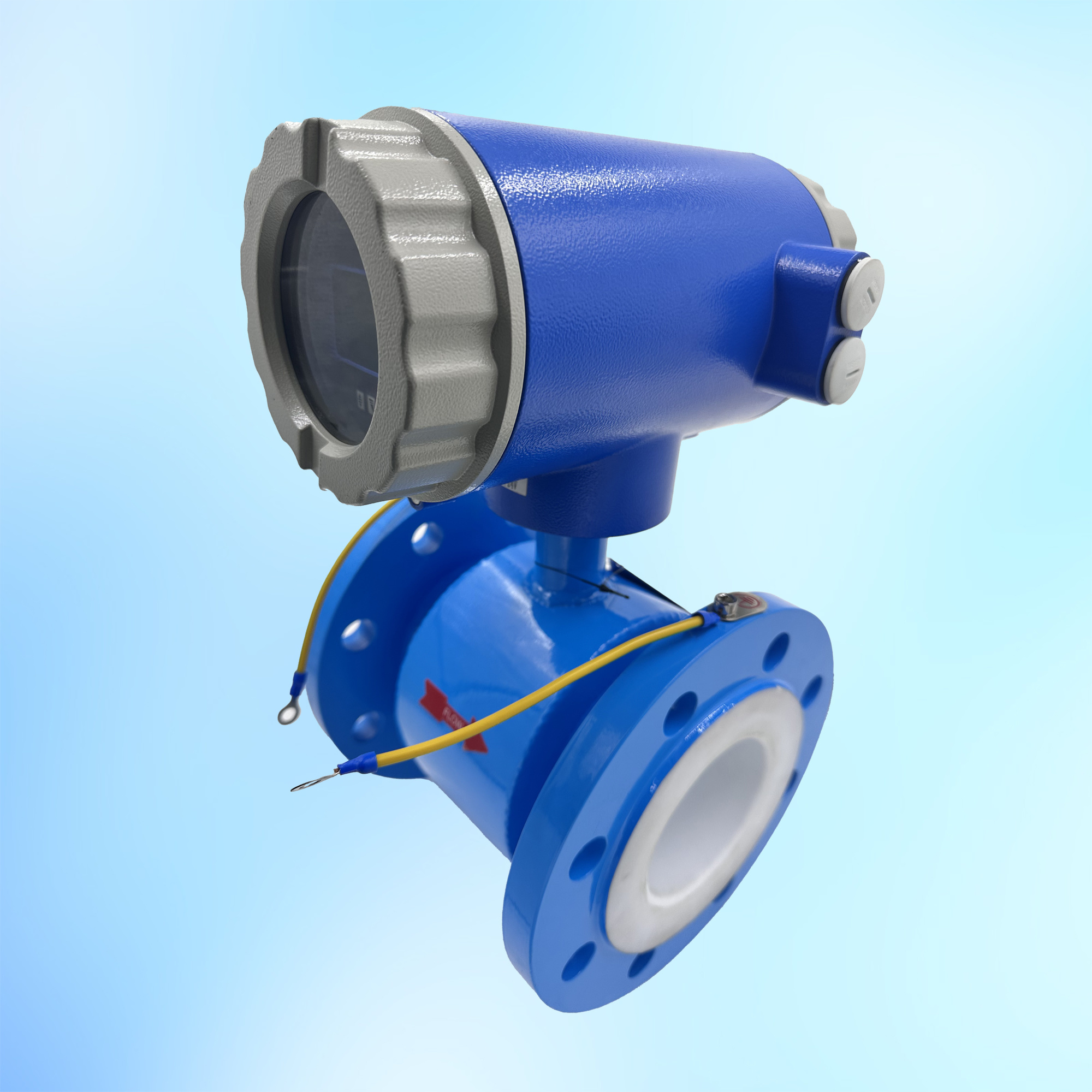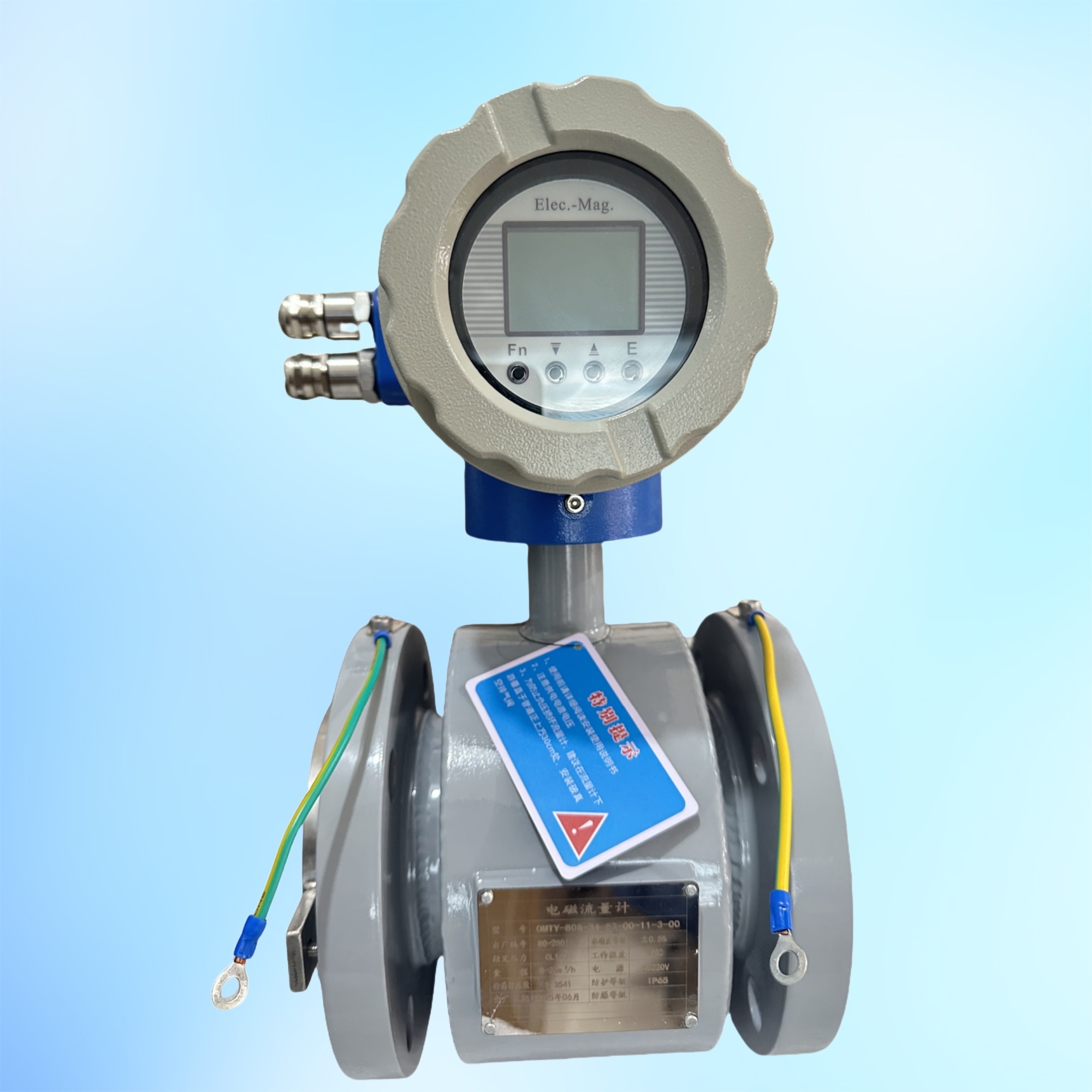Insertion electromagnetic flowmeter
An insertion electromagnetic flow sensor (referred to as sensor) and an insertion electromagnetic flow converter (referred to as converter) are used together to form an insertion electromagnetic flow meter (referred to as flow meter) to measure the volumetric flow of various conductive liquids in pipes.
Category:
Plug-in electromagnetic flowmeter
Product details
Insertion electromagnetic flow sensor (sensor for short) and insertion electromagnetic flow converter (converter for short) are used together to form an insertion electromagnetic flowmeter (flowmeter for short) to measure the volumetric flow of various conductive liquids in pipes.
The sensor has the following characteristics:
◆ The sensor has no moving parts, simple structure, and reliable operation.
◆ The insertion electromagnetic structure can be easily installed and removed without stopping water under low pressure or pressure. Therefore, it is very suitable for fluid measurement in existing pipelines and facilitates instrument maintenance and repair.
◆ The measurement accuracy is not affected by changes in the physical parameters of the measured medium, such as temperature, pressure, density, viscosity, and conductivity (as long as the conductivity is greater than 20µs/cm).
◆ The sensor has almost no pressure loss and extremely low energy consumption.
◆ Lower manufacturing and installation costs than general flow meters. Especially suitable for flow measurement in large and medium diameter pipelines.
◆ Advanced low-frequency square wave excitation is used. Zero point stability, strong anti-interference ability, and reliable operation.
◆ Large flow measurement range. The full-scale flow velocity in the measured pipeline can be set arbitrarily from 1m/s to 10m/s, and the output signal is linearly related to the flow rate.
◆ The flowmeter not only has 0~10mA◆DC or 4~20mA◆DC standard current output, but also 1~5kHz frequency output
Because the flowmeter (sensor) has the above-mentioned advantages, it has been widely used in the chemical, chemical fiber, metallurgy, chemical fertilizer, papermaking, water supply and drainage, wastewater treatment and other industrial sectors and agricultural irrigation water measurement of conductive liquid flow measurement and automatic control of the production process.
Selection guide
Video explanation
Material download
插入式电磁(1)(1)
插入式外形尺寸图20240520(2)
(新版)插入式电磁流量计说明书
Related products
Filling Electromagnetic Flowmeter
Dedicated Micro-Sized Electromagnetic Flowmeter for Filling Applications The nominal diameter can be as small as DN8. Accuracy: Class ±0.5% PFA Lining Available Optional Threaded or Clamp Connections
Hygienic Electromagnetic Flowmeter
The sanitary electromagnetic flowmeter is specifically designed for industries with stringent hygiene requirements, such as food, beverage, pharmaceuticals, and bioengineering, and is used for highly accurate measurement of conductive liquid flow rates.
Insertion electromagnetic flowmeter
An insertion electromagnetic flow sensor (referred to as sensor) and an insertion electromagnetic flow converter (referred to as converter) are used together to form an insertion electromagnetic flow meter (referred to as flow meter) to measure the volumetric flow of various conductive liquids in pipes.
Designed for the water industry, it integrates low power consumption, long life, and remote transmission capabilities, and supports the integration of smart water management systems.
Segmented electromagnetic flowmeter
Designed for the water industry, it integrates low power consumption, long life, and remote transmission capabilities, and supports the integration of smart water management systems.
Slurry-type electromagnetic flowmeter
The slurry-type electromagnetic flowmeter is a specialized instrument designed specifically for measuring slurry media such as pulp, mud, mineral slurry, and coal-water slurry. Equipped with high-and-low frequency mixed-frequency excitation technology, along with unique slurry noise suppression and elimination techniques, this flowmeter effectively enhances its ability to accurately measure slurry flows. It boasts excellent stability, rapid response, and can precisely measure the flow rate of slurries with solid content as high as 78%.
Online message
Leave the information you want to consult, and we will contact you as soon as possible



